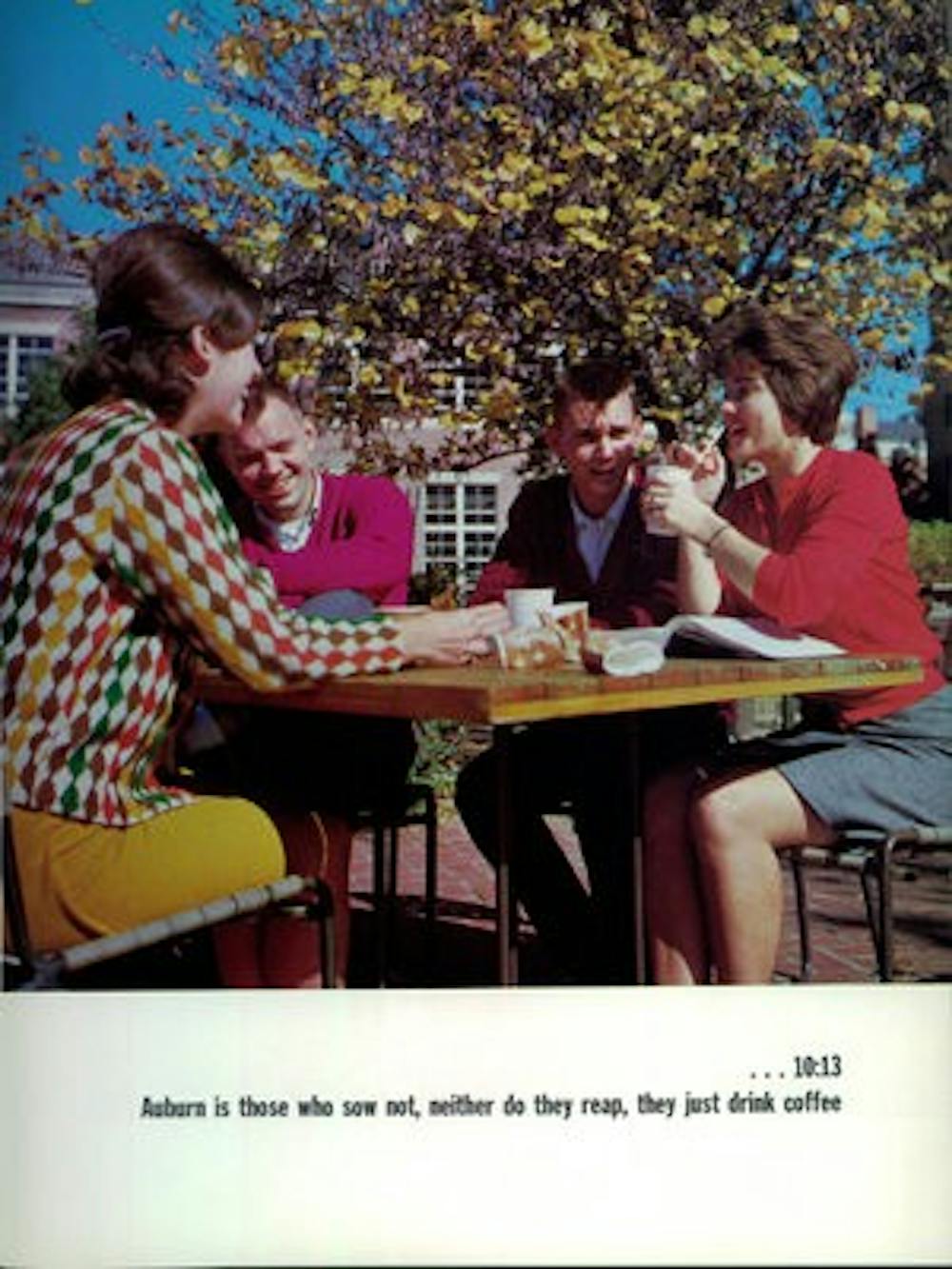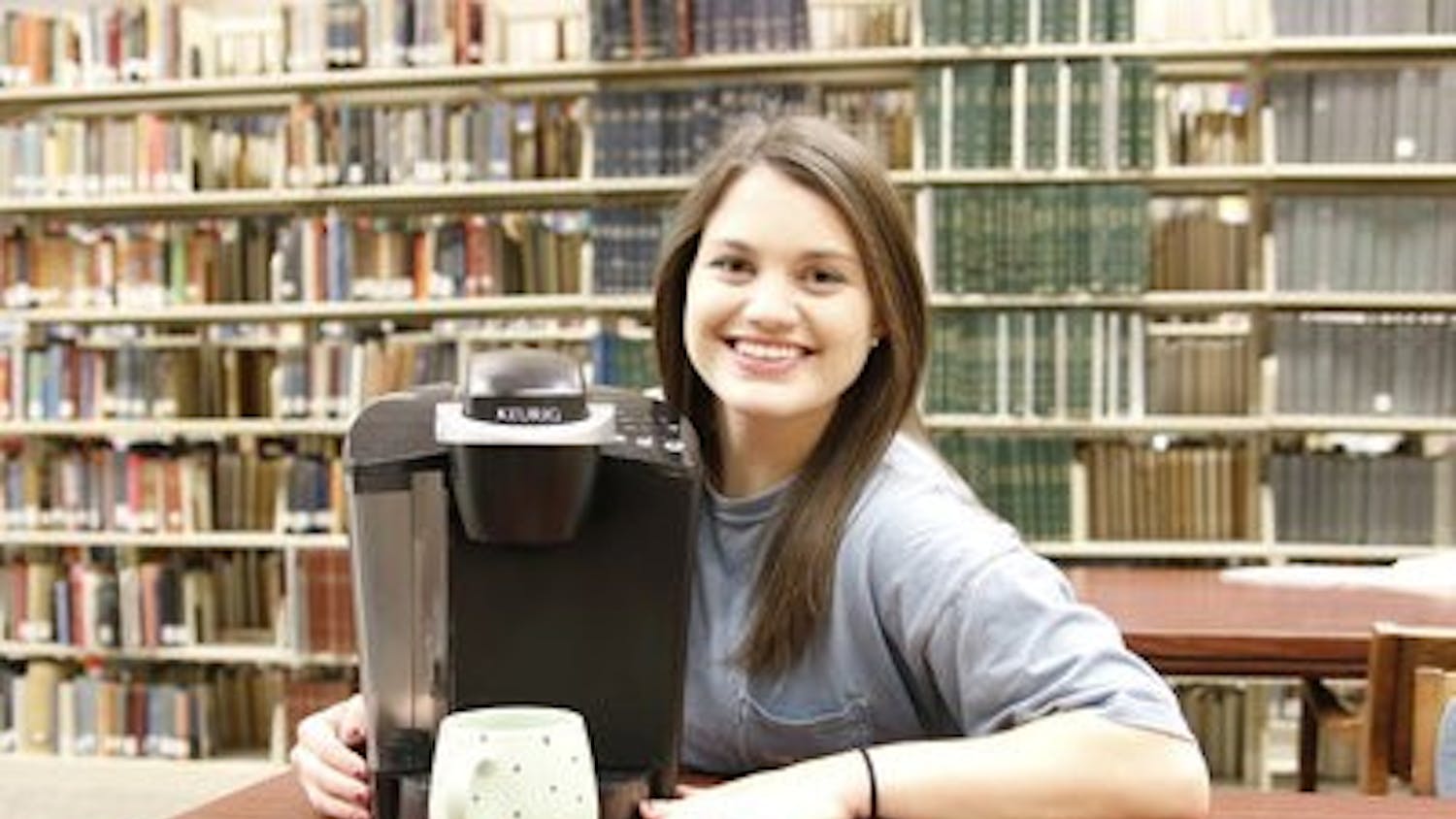The 50th anniversary of Auburn's desegregation is on the horizon, and it can be hard for current students to imagine what the University was like in the '60s for the students who lived that history.
Jim Vickrey, Owen Brown, and Andy Hornsby, Auburn alumni, were able to paint a picture of what life on The Plains was like almost half a century ago.
Vickrey graduated from Auburn with his first degree in 1964. He was president of the Student Government Association from 1963-64, which had some differences from today's SGA.
"There was a Student Government Association which covered everybody, men and women," Vickrey said. "Then there was an additional Women's Student Government Association that just focused on women."
Vickrey said the WSGA was limited mostly to the women's residence hall life.
Vickrey also said during this time, all women were required to live on campus and abide by the set of rules that were enforced.
"It was a very restrictive atmosphere for women," Vickrey said. "They were very well-protected in the dorms. There was a curfew every night. You had to get in by a certain time or you'd get locked out of the dorm."
Hornsby enrolled at Auburn fall 1963 and graduated in 1968 after spending time in the Army Reserve.
Hornsby said he recalls less than half of the students having cars, so traffic and parking were never a problem and it created a relaxed atmosphere.
Brown enrolled at Auburn in 1960 and graduated in 1964. Hornsby and Brown both frequented the War Eagle Supper Club as an off-campus hangout, and were both members of the Pi Kappa Alpha fraternity.
For on-campus dining, Hornsby went to the old Foy Union where he said each fraternity had a table.
"In my day, most students ate on campus," Hornsby said. "Whoever you were dating at the time would come sit at your table."
Though some traditions may have changed, Hornsby said downtown Auburn is one thing that has remained remarkably unchanged.
He said he remembers two movie theaters downtown that only had a single screen.
"The downtown part is remarkably the same," Hornsby said. "Much bigger, much more grandiose, but independently run businesses for the most part."
In 1964, Auburn was integrated when Harold Franklin registered for classes for graduate school and became the first African-American student to attend Auburn.
Vickrey, Brown and Hornsby, were all students at Auburn during this time.
Brown said he thinks everybody at Auburn was determined not to go through the same thing the University of Alabama experienced when George Wallace stood in the schoolhouse door to prevent integration.
"We were afraid [Wallace] was going to do that same set of theatrics at Auburn," Vickrey said. "He wouldn't tell anybody what he was going to do, and at the last minute decided not to come so we had a very, very quiet integration."
Vickrey said the University and student leaders spent months preparing for that day, and he was glad it worked out the way it did.
Hornsby said one particular moment in time has stuck with him since the day Franklin arrived on campus with hundreds of students gathering to watch him enter his first class.
"We had a great All-American guard named Bill Van Dyke," Hornsby said. "As Franklin approached his first class, and I remember him walking in that dark suit, he had to be scared to death...but as he waited to go into his first class, Bill Van Dyke broke out of a group and walked over and shook hands with him and walked into class with him."
Although the Auburn University Brown, Vickrey and Hornsby attended was different from today's campus, many aspects of student life have continued.
They still enjoyed traditions students today participate in, including decorating floats for Homecoming week, and singing the alma mater during football games.
Do you like this story? The Plainsman doesn't accept money from tuition or student fees, and we don't charge a subscription fee. But you can donate to support The Plainsman.




